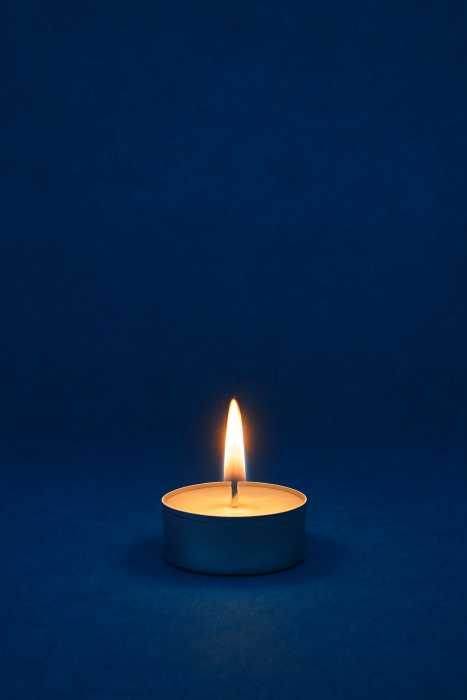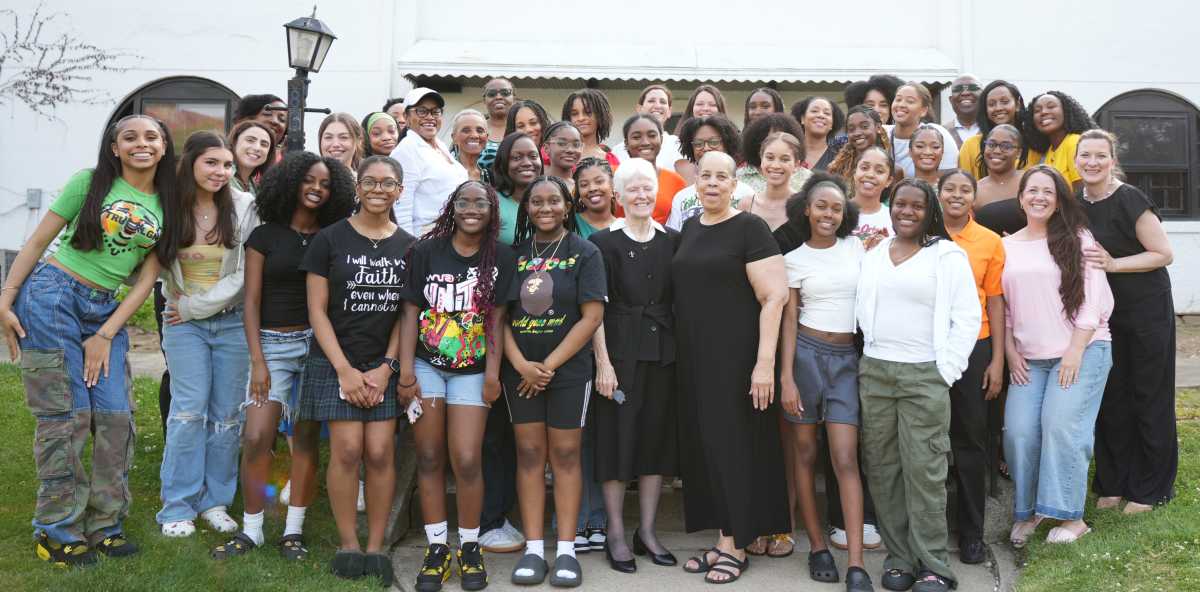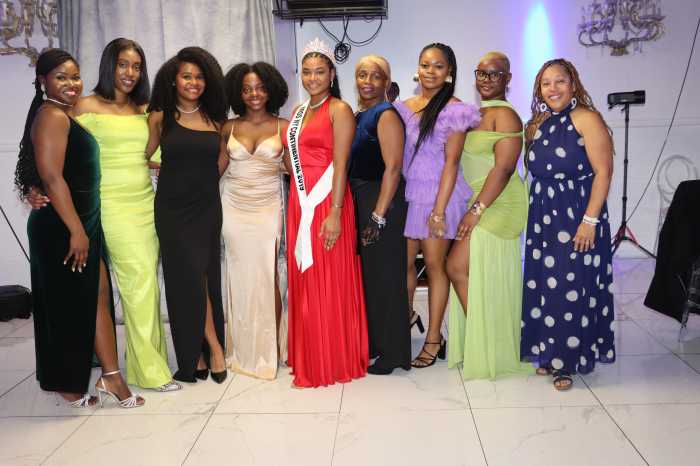There were 2,501 Warner Fusselles at Keyspan Park on Sunday — two in the Catbird Seat and the remainder distributed about the yard, from the left field corner, to behind home plate, and on out to the bleachers.
Twenty-five hundred Warner Fusselle bobble-head dolls were given out Sunday night at Keyspan Park, and the Cyclones radio announcer, himself the owner of an extensive bobble-head collection — from the Beatles to baseball announcer Ernie Harwell to Roger Maris to the Rolling Stones — sat in his broadcasting spot, perched next to his own bobbing image.
The Fusselle bobble-head features the announcer not only with a microphone in his left hand, but with an umbrella in his right hand. Keyspan Park denizens know that Fusselle usually rigs a series of umbrellas in the Catbird Seat when it’s raining.
The extremely detailed replica includes Fusselle’s patented red and blue pen in the shirt pocket and his loafers — identical on the man and the figure.
The bobble-head was developed over the course of several months. After initial photos of Fusselle were taken, the four stages of the bobble-head were each sent to Kevin Mahoney, the Cyclones’ assistant general manager, who shepherded the bobble-head project toward final approval.
The attention to detail certainly pleased Fusselle.
“Because I’m such a collector, I can’t think of anything that would be a cooler experience for me, because I save announcer bobble-heads,” he said.
Back in the 1960s, Fusselle collected the more generic bobble-heads of the time, including one for each major league team.
“I remember after I had gotten each major league team, I set them up in my house and a friend and his wife were coming over to see the bobble-heads,” said Fusselle. “My goal was to see if I could get them to all bobble at the same time when they walked into the room, and that’s what I did.”
Before his announcing career, which included hosting “This Week in Baseball” on television and doing the radio broadcasts for the American Basketball League’s Virginia Squires, Fusselle was a pitcher and center fielder in his high school for the Gainesville (Georgia) Red Elephants. He later played on the freshman baseball team at Wake Forest.
But before last week, he hadn’t thrown a baseball for 30 years.
On Sunday night, Fusselle and Hall of Fame pitcher Juan Marichal, at Keyspan Park for an autograph-signing, were each scheduled to throw out the first pitch.
Because Fusselle’s broadcasting duties required him to be on-air during the game’s opening ceremonies, Fusselle came up with a unique idea. He decided that he would throw out his first pitch, not from the mound, as would Marichal, but from his Catbird Seat, a spot in the second deck behind the backstop screen.
Marichal stood on the Keyspan mound and went into a slower version of his patented high-kick wind up. He showed fine form and delivered a strike.
Now it was Fusselle’s turn.
Fusselle was to throw over the backstop screen and into the glove of Cyclones pitcher Robert Paulk, who stood on the field about 45 feet from the screen.
The distance is farther than it appears, and there’s not much room in the Catbird Seat to plant one’s feet and throw.
Because of this, Fusselle had been counseled by Ray Ripplemeyer, a pitching consultant on the Mets’ player development staff, to throw a four-seam fastball — which has less sink than a two-seamer.
Fusselle had practiced the four-seamer a few times in the days before the event, and he had, judging from his practice attempts, about a 50-50 chance to get his throw over the screen.
Mahoney had pleaded with Fusselle to at least get enough steam on his throw to avoid hitting Mahoney’s parents, seated in the fourth row.
Fusselle went into an abbreviated wind-up and tossed the ball towards a spot above the screen.
His throw sank and the ball hit near the top of the screen, leaving Paulk pleading for another try, which Fusselle declined.
Afterwards, Fusselle was somewhat embarrassed that his throw didn’t get over the screen, but he went right back to work, missing a surprise taped presentation about him on the Keyspan Park video screen because he was so absorbed in his broadcast.
And that absorption in his broadcasts is why he was given the honor of having a bobble-head in his image. Fusselle has spent his career communicating, not pitching. It’s no disgrace to fail in an attempt on a difficult throw.
Marichal looks in fine shape, as if he can still pitch.
So can Fusselle, who every night sends his vivid depictions far over the screen, across the field and then the ocean, via the Internet, into all corners of the world.
























